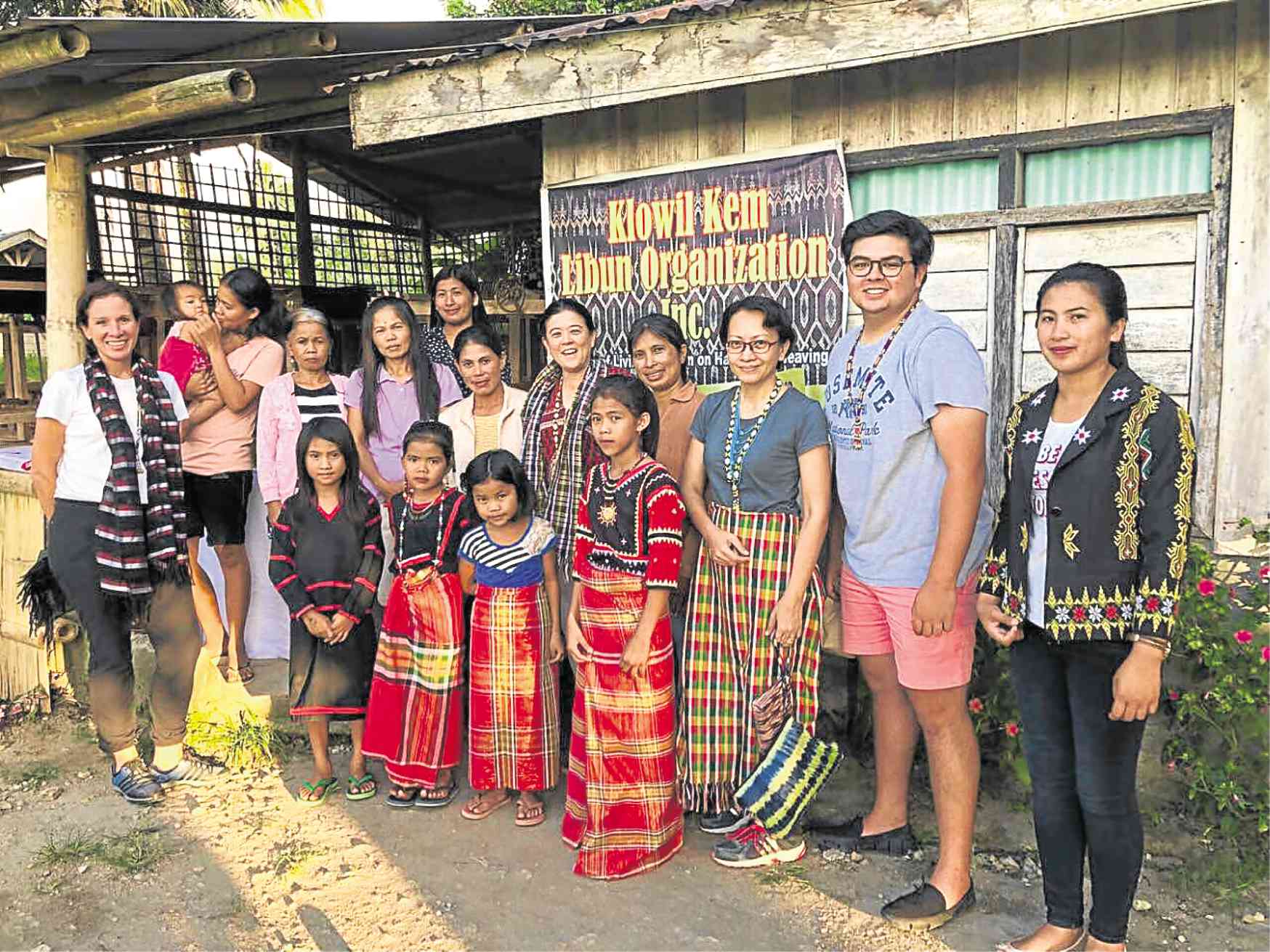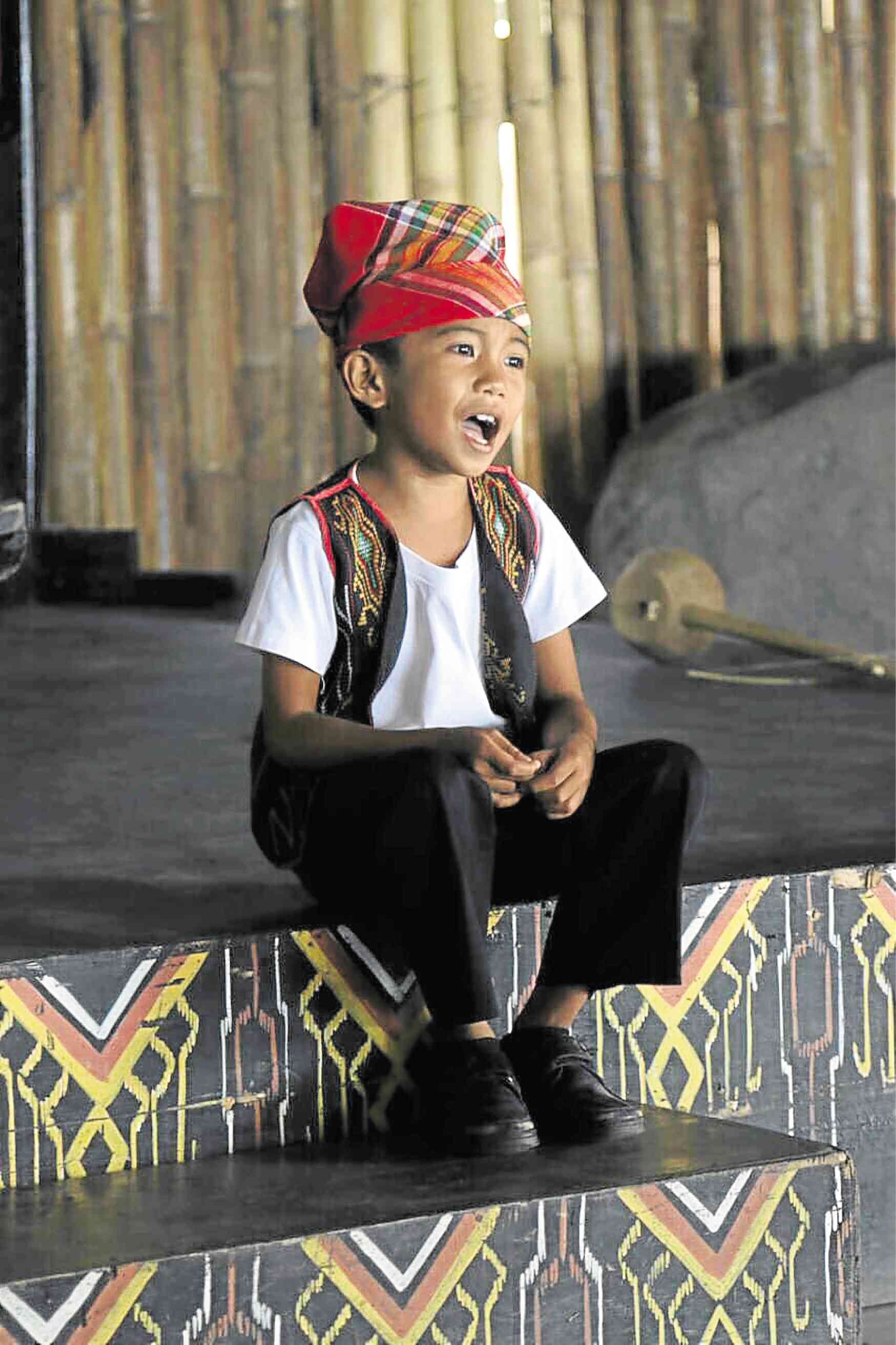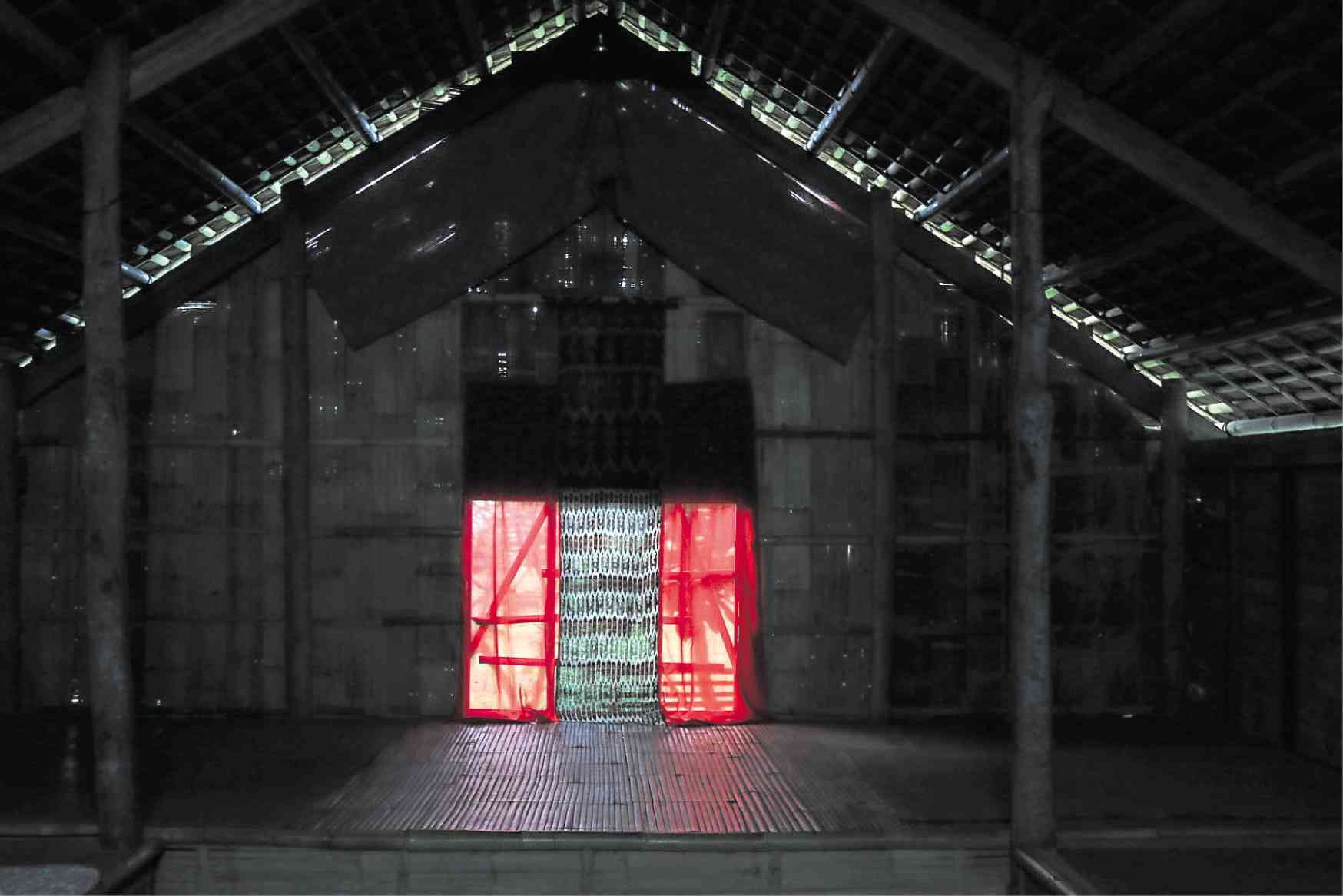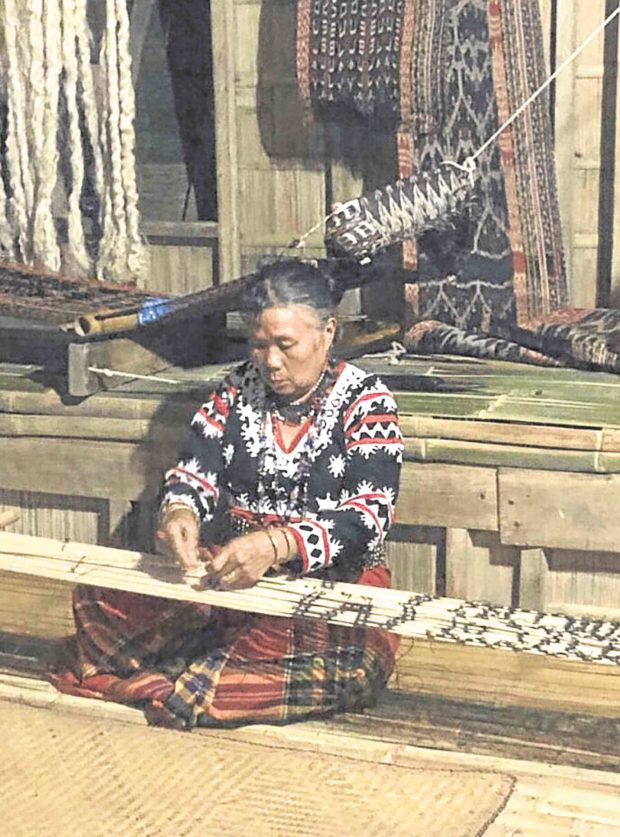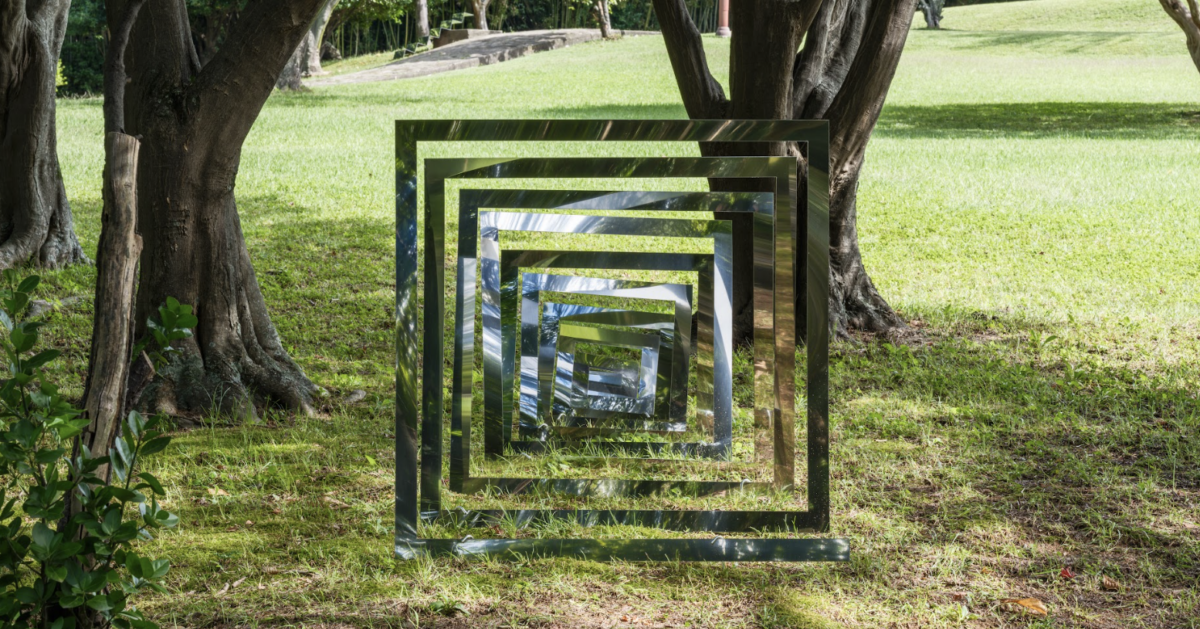
My week in Lake Sebu, South Cotabato, last summer, specifically with the T’boli, has changed the way I view living in Manila and the process of preserving one’s heritage.
Having lived in Manila my whole life has formed my mind-set on city living, which unfortunately isn’t strong on knowing our indigenous culture.
The way the T’boli preserve their culture has left a strong impression on me; to them, it is to be preserved and not given up easily, even for financial gain.
They hold free Saturday classes where they take up the culture of their ancestors, and hold annual competitions such as the T’nalak Festival.
Every Monday, students start the school week wearing traditional outfits to school. They spend an hour and a half a week studying the T’boli dialect and culture. The Saturday free classes, given in the T’boli dialect, weaving, chanting and playing traditional instruments.
Such activities are very important because even in this remote corner, the young are being attracted by the technology boom.
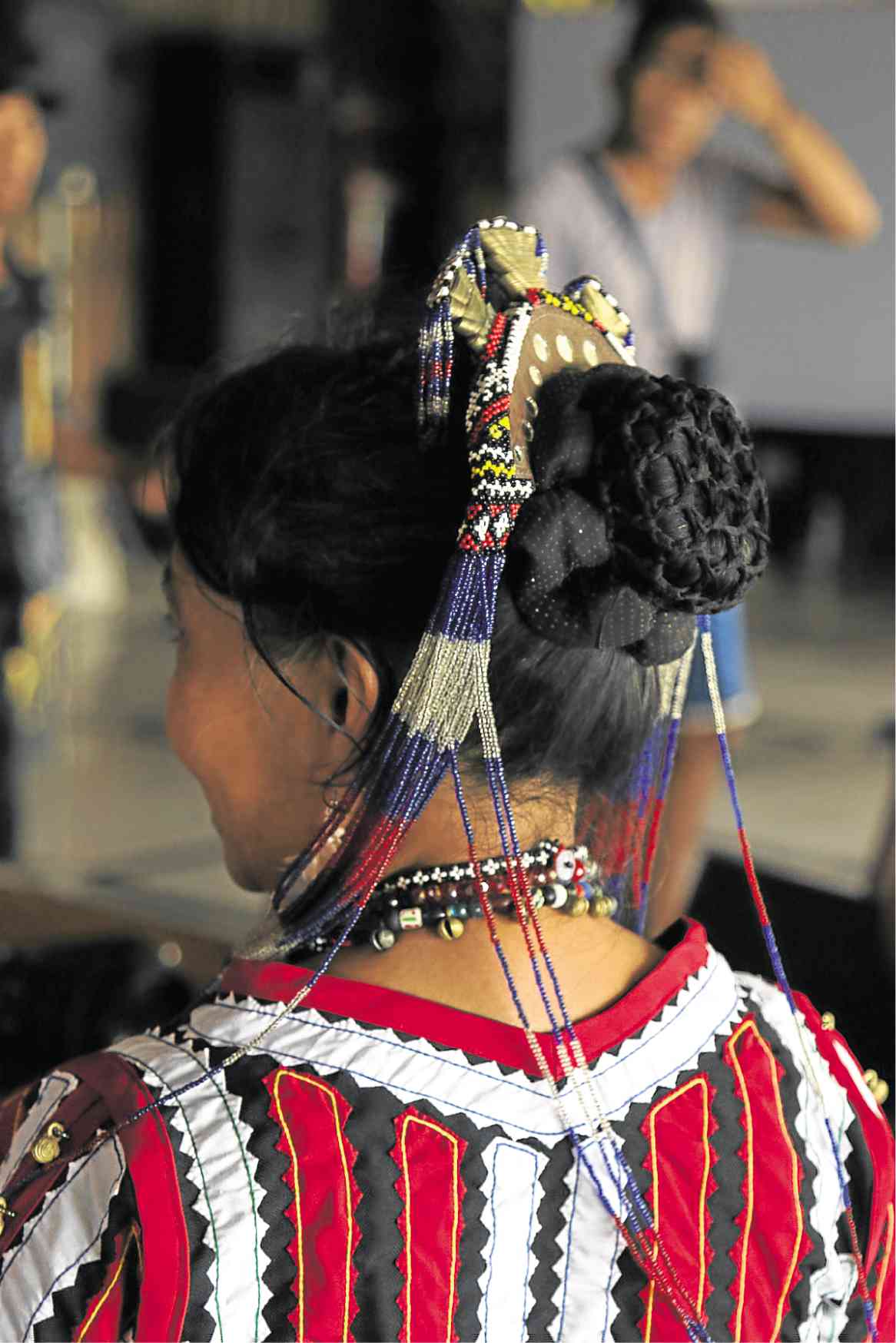
The handing down of tradition became evident to us as we listened to the chanting of an eight-year-old T’boli named Ronnie. The chant was about a boy who was advised not to roam on a day when it drizzles and the sun is out. The T’bolis believe that evil spirits are out at this time, and the boy might run into them. Everyone in the audience was clearly mesmerized listening to Ronnie.
The T’boli continue to engage in their prime crafts—they are loom weavers, t’nalak weavers and brass makers. By continuing these activities, they preserve the beautiful tradition of the T’boli tribe, and the young maintain their link to their ancestors.
In my days there, I visited weavers and brass casters, witnessed the Helobung festival and watched many beautiful performances.

‘Dream weavers’
I learned how weavers encourage their children to start learning as early as age six. T’nalak weaving is a fascinating craft which originated in Lake Sebu. Some t’nalak weavers have very special skills. They are called “dream weavers.” There are only a few dream weavers or “Tau Mewel Kena.”
Not all weavers are Tau Mewel Kena. The T’boli believe that the “spirit of abaca,” or “Fudalu,” chooses a special weaver. All the patterns woven by a Tau Mewel Kena are believed to be given to her in her dreams.
The other types of weavers are loom weavers. The Klowil Kem Libun Organization Inc., which was founded by Bernadeth “Nadeth” Ofong, supports this craft and livelihood.
Ofong is a hardworking, forward-thinking T’boli who wanted to preserve their culture, to empower the T’boli women and improve their lives. She is the daughter of a dream weaver.
She started a weaving center in 2006, which now has 15 usable looms and 25 malong weavers. The women in her community use the looms to weave cloth to sell in their community and in the region.
On weekends and when school is out, the looms are used to teach the T’boli children the skill at an early age.
The major issue with weaving is that a woven product is hard to sell in Lake Sebu, as there are not enough tourists coming in, and the more expensive and intricately made weaves have very few buyers among the local folk who can’t afford them.
There are some foundations, such as Gifts and Graces Fair Trade Foundation, that help create a sustainable market for them. Gifts and Graces works closely with Ofong and her organization to ensure that their beautiful products reach a wider market, and they are paid a fair price.

Brass casting or kem tau temwel is another honored tradition among the T’boli. Brass casters allow their children to handle the equipment only at age 15, a later age than in other jobs, since the equipment is heavy; to handle liquid brass and fire is very dangerous.
Each brass bell is unique as each one comes with a different mold.
There are very few brass makers in Lake Sebu since the craft is hard to master. It is a niche market.
Brass making is very interesting. First, the brass maker needs to find his raw materials, so he digs the earth for clay, then goes to a metal shop to get his brass and to the forest to collect beeswax. He needs the clay to make sure there are no bubbles.
He then forms a bell, using a pattern, with the beeswax. He covers the beeswax with the clay and puts the bell in a pit where it is heated or torched with the use of a blower.
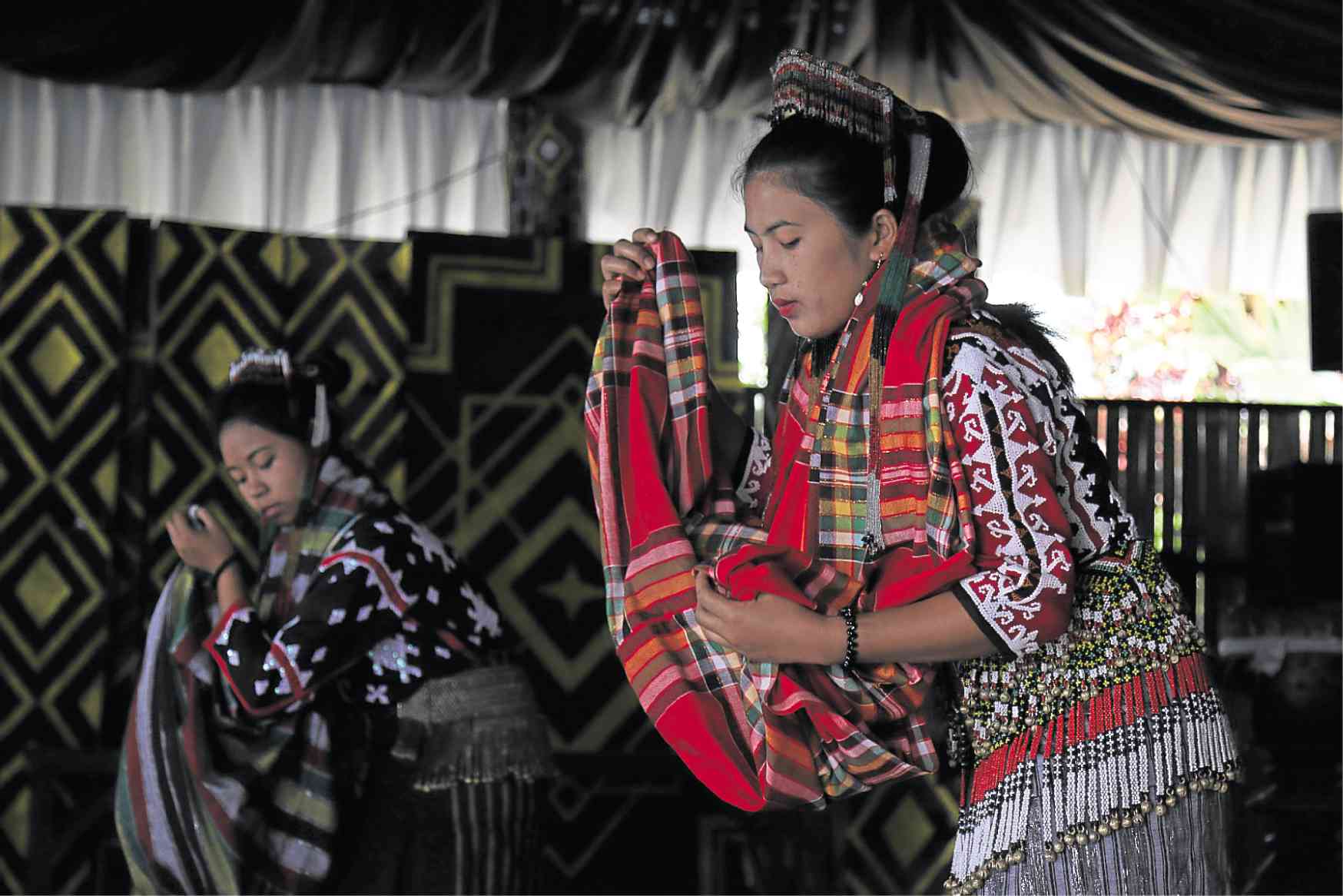
He melts the brass and pours it into the mold. The beeswax melts, forming a mold within the clay. Then the maker pours the melted brass into the mold. He allows the mold to cool down by submerging it in water for about a minute. He cracks open the clay with a hammer. Inside is the bell.
Apart from bells, the community produces brass napkin rings.
And apart from brass, the community sources materials from its surroundings.
Stress
We were privileged to watch the T’nalak Festival which celebrates the foundation anniversary of South Cotobato. This annual festival features dance competition, stall competitions, with local vendors selling food, things for children and other stuff.
More important, it’s a time for people of all ages to get away from stress at work or in school, and to come together and enjoy the beauty of Lake Sebu.
There were so many activities that showed me that despite the conflict in some parts of Mindanao, the people there are able to rise above the conditions and be positive about their current situation. They know how to count their blessings.
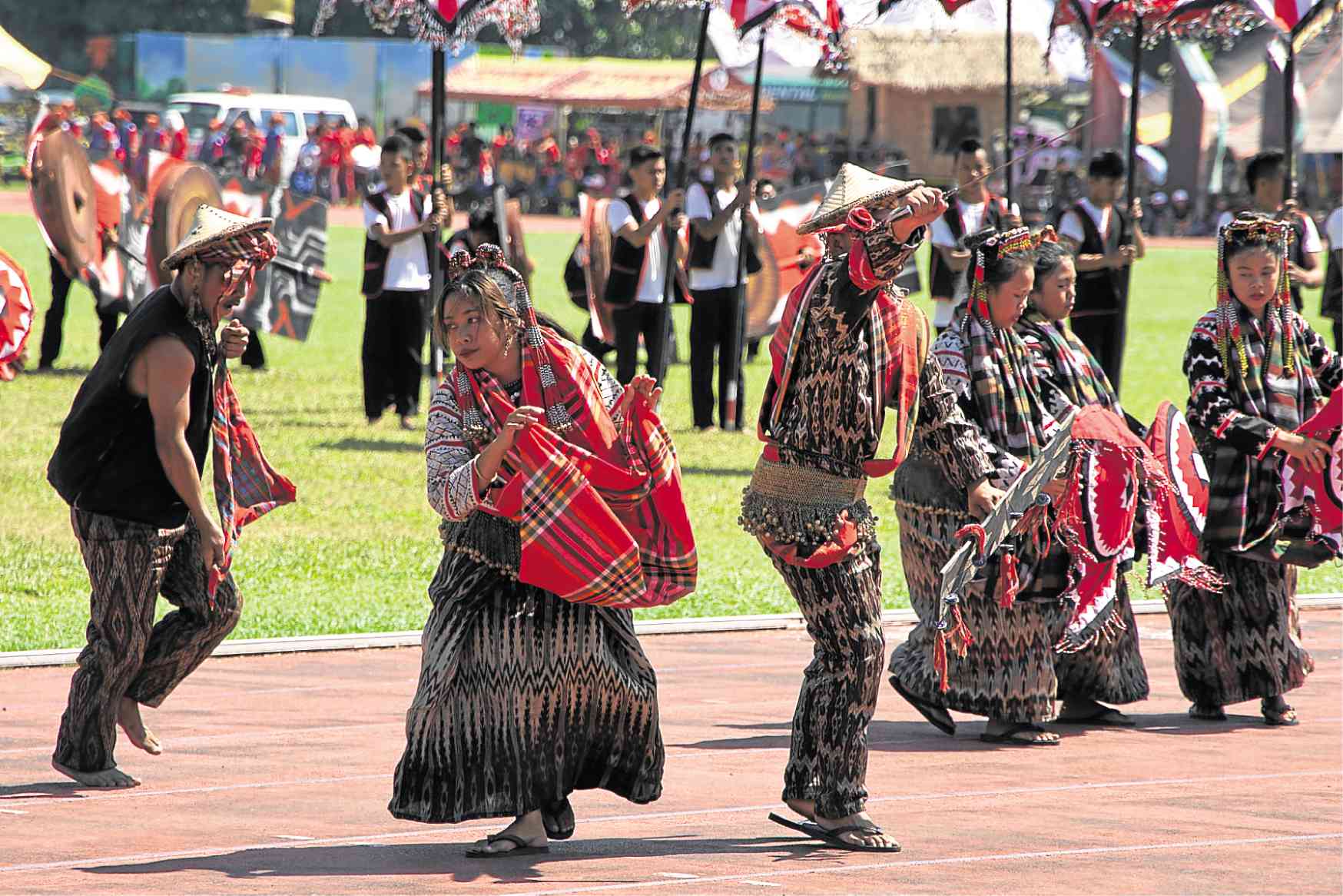
Tourists can avail themselves of services, such as boat tours, hikes, shopping or just listening to T’boli music.
My experience in Lake Sebu, soaking in the culture of the T’boli tribe, reminded me of the beauty and uniqueness of the Philippines. Someone who lives in the city like Metro Manila potentially forgets the essence of what life is like without the stress, the greed that goes on in a high-rise cityscape.
I, for one, realized the importance of family on my trip, as it reminded me of the lessons my parents handed down to me, and the lessons I will share with my kids in the future.
The two-hour flight to General Santos and two-hour land trip to South Cotabato were definitely worth it.
Make a trip to Lake Sebu, and experience what life is like when culture speaks louder than commerce.

